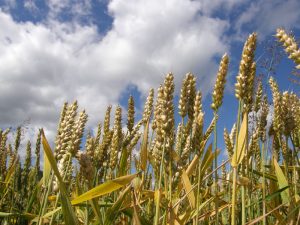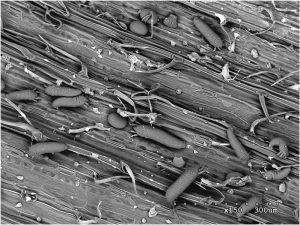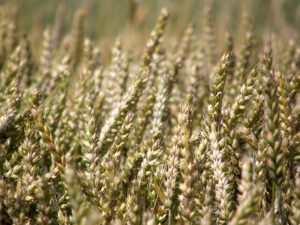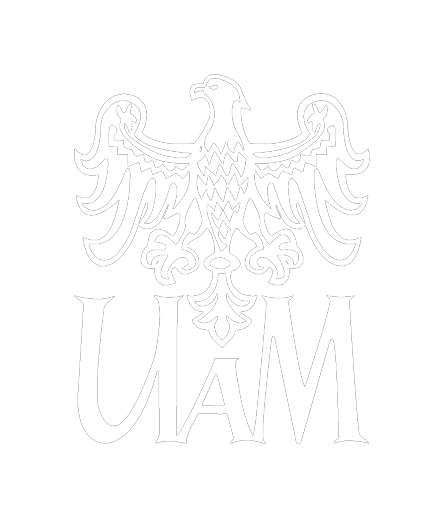An article co-authored by Anna Skoracka, Lechosław Kuczyński, Agnieszka Majer and Wiktoria Szydło, about the genetic structure within species complex of phytophagous mite, Aceria tosichella, was published in BMC Evolutionary Biology.
Mites belonging to the complex Aceria tosichella (wheat curl mite, WCM) are major pests of the world’s grain industry and our aim was to identify the factors behind its extensive diversification. We demonstrated unusually deep lineage diversification within the taxon. Using time-calibrated phylogenetic reconstruction we showed that lineage diversification pre-dates the influence of agricultural practices, and lineages started to radiate in the mid‑Miocene when major radiation of C4 grasses is known to have occurred. Furthermore, we showed that host generalization coincided with the expansion of the world’s grasslands in Pliocene. The genetic structure and evolutionary history of WCM lineages indicate their great colonization potential.
 The study was done in cooperation with the University of Lisbon (Portugal) and University of Deakin (Australia).
The study was done in cooperation with the University of Lisbon (Portugal) and University of Deakin (Australia).
More info:
Skoracka A., Lopes L. F., Alves M. J., Miller A., Lewandowski M., Szydło W., Majer A., Różańska E. i Kuczyński L. 2018. Genetics of lineage diversification and the evolution of host usage in the economically important wheat curl mite, Aceria tosichella Keifer, 1969. BMC Evolutionary Biology 18: 122, doi.org/10.1186/s12862-018-1234-x



